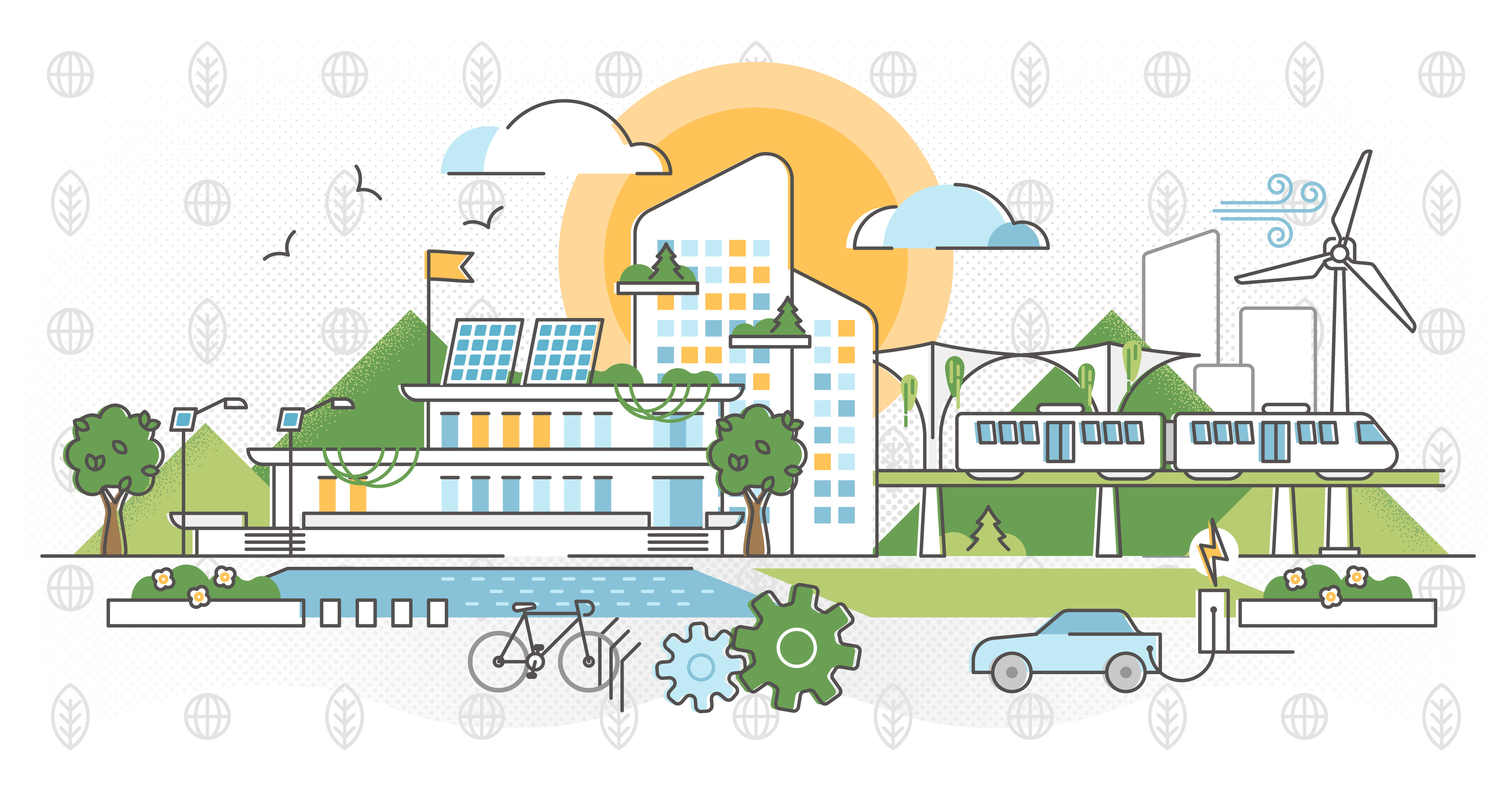The challenges of investing in the myriad of new infrastructure assets was the focus of the recent Insurance Investment Exchange roundtable entitled ‘The New Economy: Opportunities in net zero, data and social infrastructure’, writes Contributing Editor David Worsfold.
With the demand for capital coming from new sectors that lack the track records of traditional infrastructure assets, such as transportation, airports, utilities and pipelines, there is a need for fresh thinking and a more dynamic approach, said Adrian Jones, Lead Portfolio Manager – Infrastructure Debt and Home Equity for Allianz Global Investors (pictured), who led the roundtable discussion.

The new economy infrastructure assets – energy transition opportunities, care homes, data centres, merchant renewables, energy storage, offshore renewables and support and so on – present numerous clear growth and income opportunities for insurers who are happy to look beyond traditional channels and cast their net a little further afield. But it is no good going into this sector with an expectation of finding it populated with investment grade assets, said Jones. Most start at B and only a proportion of them will get to investment grade later.
The lack of assets with real potential is one of the reasons why any portfolio going down this route has to have a wide international spread. It must also have the courage to go early, said Jones, as many people waited too long to see where the winners might emerge. By the time they moved, prices would often diminish the asset’s attractiveness and potential value to a portfolio.
It sometimes means having the courage to take 100% of a deal, as that makes the effort of analysing it worthwhile. It does carry an additional risk, however, as you aren’t sharing judgements and risks with other investors, said Jones
This is a crucial area for insurers building sustainable ESG (environmental, social and governance) strategies. The pressure to invest in green assets has become so intense that a lot of capital is chasing green assets, pushing prices to unsustainable levels, the so-called “Greenium”.
There will be opportunities in renewables, however, especially as the technology develops to manage the volatility of output. Nuclear will offer some potential, although new developments are unlikely to come on the market as conventional bonds as they are really public sector risks. Private sector participation will be limited but we could see something like a Network Rail or a TfL bond. Extensions to existing nuclear facilities might also lend themselves to private sector investment.
The discussion explored some of the tricky challenges in the green investment area, highlighting that the carbon footprint of building large nuclear power facilities needs to be taken into account as does the mining of lithium for electric vehicle batteries. It is rarely the case that assets are 100% green.
Some assets also tick the social box in ESG strategies, such as technology infrastructure for schools.
There are many challenges in this new infrastructure, said Jones, making some of the assets more suitable for pension funds not operating under the constraints of Solvency II.
- Look out for details of forthcoming IIE roundtables and seminars by following insuranceinvestmentexchange.com.

